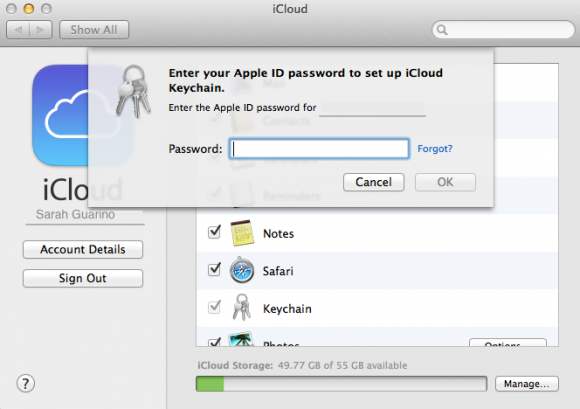A database supposedly from a sample of information stolen in the much publicized hack at the Office of Personnel Management (OPM) has been making the rounds in the cybercrime underground, with some ne’er-do-wells even offering to sell it as part of a larger package. But a review of the information made available as a teaser indicates that the database is instead a list of users stolen from a different government agency — Unicor.gov, also known as Federal Prison Industries.
Earlier this week, miscreants who frequent the Hell cybercrime forum (a “Deep Web” site reachable only via the Tor network) began passing around a text file that contained more than 23,000 records which appeared to be a user database populated exclusively by user accounts with dot-gov email addresses. I thought it rather unlikely that the file had anything to do with the OPM hack, which was widely attributed to Chinese hackers who are typically interested in espionage — not selling the data they steal on open-air markets.
As discussed in my Oct. 2014 post, How to Tell Data Leaks from Publicity Stunts, there are several simple techniques that often can be used to tell whether a given data set is what it claims to be. One method involves sampling email addresses from the leaked/hacked database and then using them in an attempt to create new accounts at the site in question. In most cases, online sites and services will allow only one account per email address, so if a large, random sampling of email addresses from the database all come back as already registered at the site you suspect is the breached entity, then it’s a safe guess the data came from that entity.
How to know the identity of the organization from which the database was stolen? In most cases, database files list the users in the order in which they registered on the site. As a result, the email addresses and/or usernames for the first half-dozen or more users listed in the database are most often from the database administrators and/or site designers. When all of those initial addresses have the same top-level domain — in this case “unicor.gov” — it’s a good bet that’s your victim organization.
According to Wikipedia, UNICOR is a wholly owned United States government corporation created in 1934 that uses penal labor from the Federal Bureau of Prisons to produce goods and services. It is apparently restricted to selling its products and services to federal government agencies, although recently private companies gained some access to UNICOR workforce. For instance, companies can outsource call centers to UNICOR. Case in point: If you call UNICOR’s main number off-hours, the voicemail message states that during business hours your call may be handled by an inmate! Continue reading
















